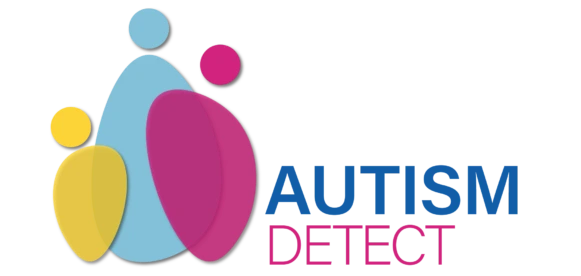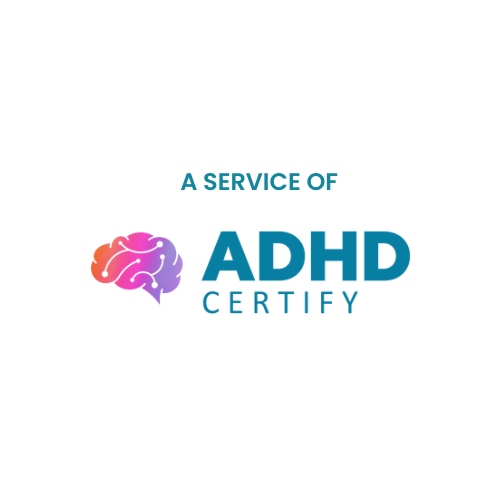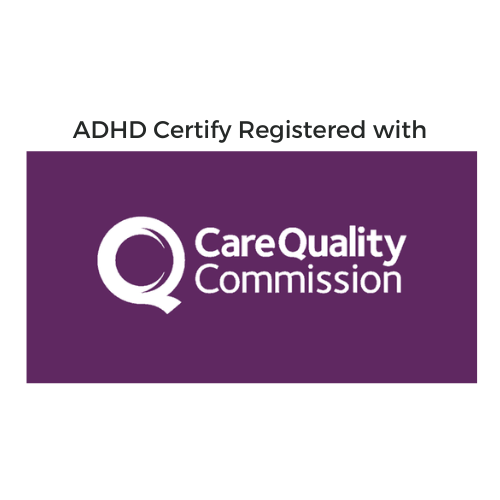Introduction
Autism Spectrum Disorder (ASD) is a developmental condition that affects communication, behaviour, and social interactions. Early intervention is crucial as it can significantly enhance the development and quality of life for children with autism. This article examines the importance of early diagnosis, intervention strategies, and the benefits of specialised support for children with autism.
Understanding Autism in Early Childhood
What is Autism?
Autism is a lifelong condition that manifests in early childhood, usually before the age of three. It encompasses a wide range of symptoms and abilities, with each individual exhibiting unique challenges and strengths. Common signs include difficulties with communication, repetitive behaviours, and challenges in social interactions.
Early Signs of Autism
Recognising the early signs of autism is crucial for parents and caregivers. These signs may include:
- Limited eye contact
- Delayed speech and language skills
- Preference for solitary play
- Repetitive movements, such as hand-flapping
- Sensitivity to sensory stimuli
Early diagnosis and intervention can make a profound difference in the lives of children with autism.
The Importance of Early Diagnosis
Benefits of Early Diagnosis
Early diagnosis of autism allows for timely intervention, which is essential for addressing developmental delays and improving outcomes. Benefits include:
- Personalised support and educational plans
- Improved communication skills
- Enhanced social interactions
- Reduced behavioural challenges
How is Autism Diagnosed?
Diagnosing autism involves a comprehensive evaluation by specialists, including paediatricians, psychologists, and speech therapists. Assessments may include:
- Developmental screenings
- Observations of behaviour and social interactions
- Parent and caregiver interviews
- Standardised tests
Effective Early Interventions
Applied Behaviour Analysis (ABA)
ABA is a widely recognised intervention that uses positive reinforcement to improve communication, social, and learning skills. Tailored to each child’s needs, ABA can significantly enhance a child’s development.
Speech and Language Therapy
Many children with autism experience speech and language delays. Speech therapy focuses on developing communication skills, including verbal and non-verbal methods, to help children express themselves more effectively.
Occupational Therapy
Occupational therapy helps autistic children develop the skills necessary for daily living, such as fine motor skills, sensory processing, and self-care abilities. This type of therapy can improve independence and quality of life.
Early Childhood Education Programs
Specialised early childhood education programs provide structured learning environments tailored to the needs of children with autism. These programs focus on social, emotional, and cognitive development through play-based and educational activities.
The Role of Parents and Caregivers
Creating a Supportive Environment
Parents and caregivers play a pivotal role in the early years of a child with autism. Creating a supportive and structured environment at home can promote stability and learning. Strategies include:
- Consistent routines
- Clear communication
- Positive reinforcement
- Involvement in intervention programs
Seeking Support and Resources
Navigating the journey of raising a child with autism can be challenging. Seeking support from professionals, support groups, and online resources can provide valuable guidance and reassurance.
Conclusion
The early years for children with autism are a critical period for growth and development. With early diagnosis, effective interventions, and a supportive environment, children with autism can achieve remarkable progress. Understanding and addressing the unique needs of each child is essential in helping them reach their full potential.










